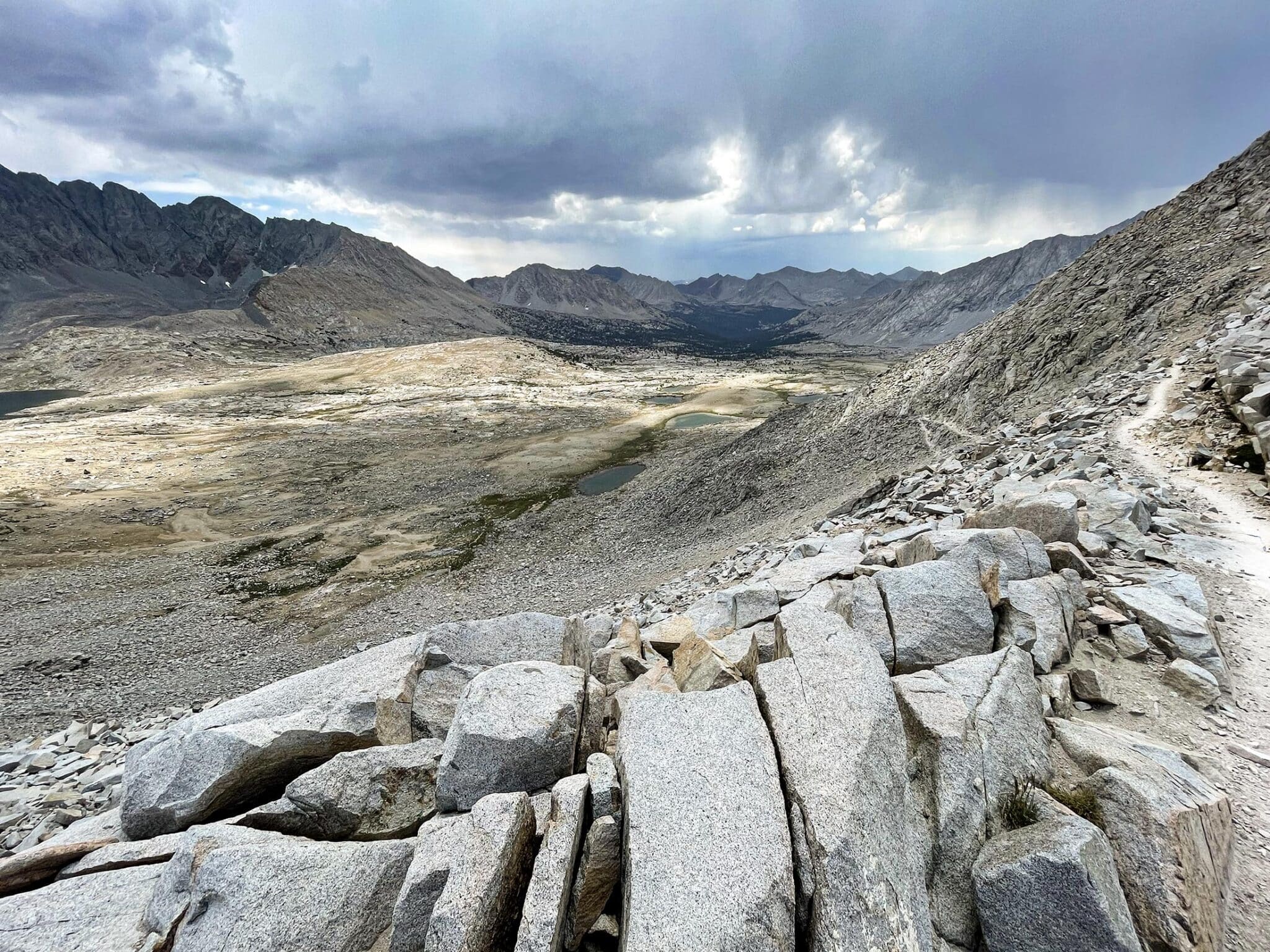
Thru-Hiking with Food Allergies… Is It Possible?
- Kaylee Lettau

When you think of food on a thru-hike you probably think of fast, sugary, nutritionless food. When I scroll through my feed on Instagram and TikTok or watch trail documentaries on Youtube, I am bombarded by images of food that I would never be able to eat. Food is a deep and connected part of any thru-hike, but it seems even more evident on my dream trail, the Pacific Crest Trail. There are countless iconic stops where ice cream, cake, pies, fast food, and pizza are the main priority. I have a handful of severe food allergies, a plethora of food sensitivities, and some food lifestyle preferences that would make participating in these rituals impossible. This left me with the question of whether or not I would ever be able to go on a thru-hike.
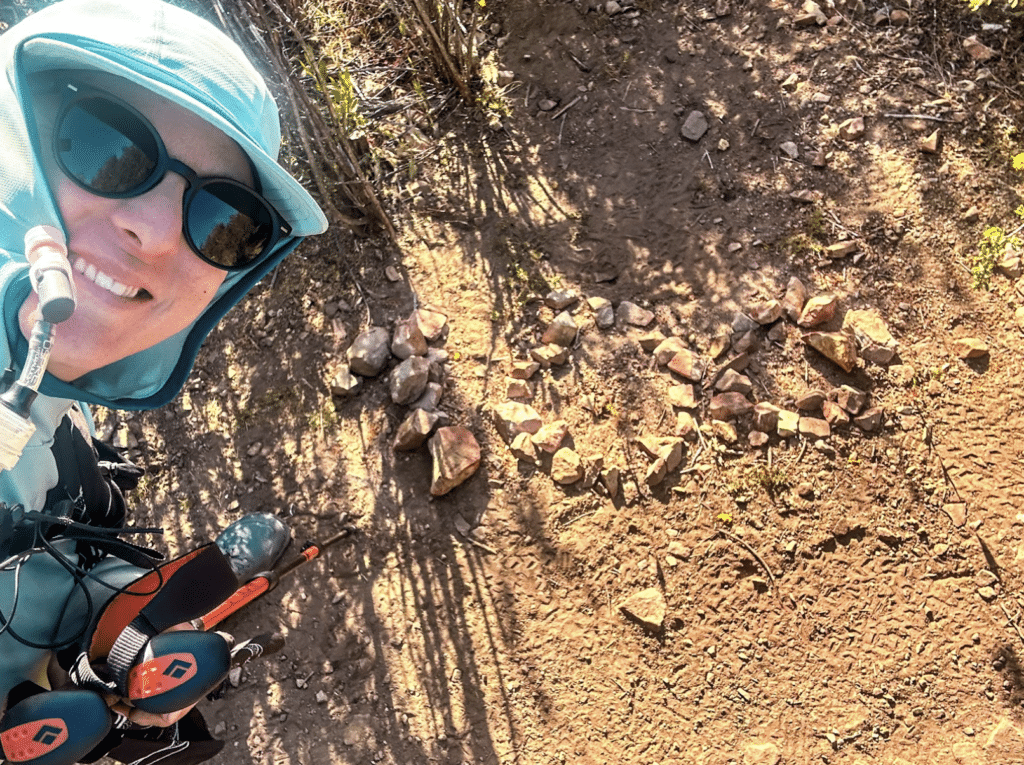
Well, the answer to that question came in the form of my own passion, relentlessness, and maybe some stubbornness. Yes, I can do a thru-hike. It would just end up taking a few backpacking seasons of recipe testing, months of preparation, and several weeks of building meals for 5 months worth of trail food. While I was doing research, I was able to find an older resource containing a spreadsheet with information on “alternative friendly” resupply locations along the PCT. However, the last update to the spreadsheet was done in 2019 and after completing some high level Google searches, it looks like many of the stores and restaurants that were noted are no longer open.
So what was my strategy for fueling my body while on trail? First, I looked at what sort of calorie and protein intake I would need. For me that looked like going back in my Garmin history to see the amount of calories that I was burning on a backpacking trip or a long day hike. Once I had these numbers, I decided on what sort of variety I felt like I needed in my meals.
Am I the sort of person who is ok with eating the same thing every day or do I crave different foods?
I had a think and looked back at my everyday eating patterns. I realized that I actually usually eat the same meals most days with variety in my vegetables to keep things spicy. This realization led me to decide that I would have the same breakfast, lunch, and snacks every day with 5 dinners that I would rotate through. Coming up with this plan helped me figure out and narrow down what types of meals and snacks I needed to prepare.
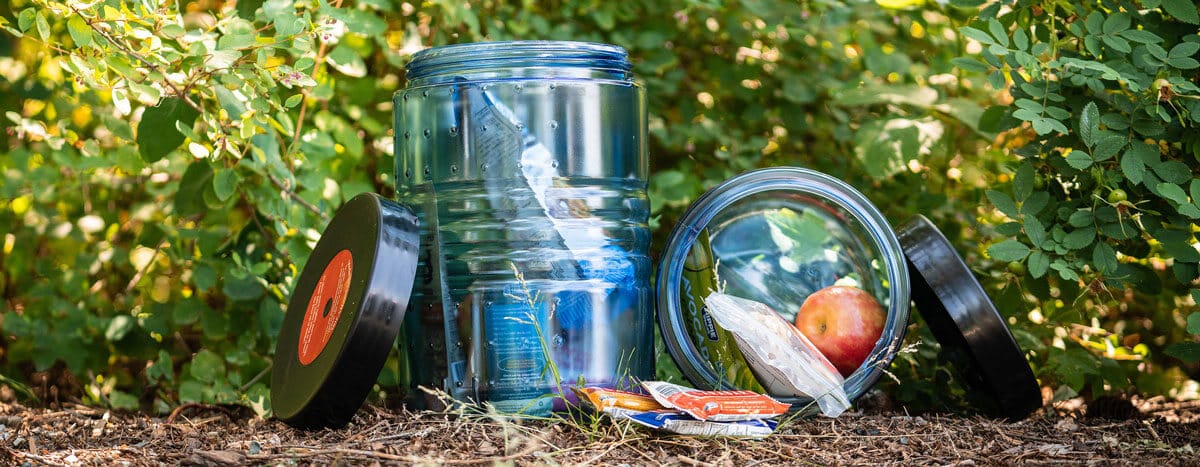
My next step was to go to REI and see if there were any premade backpacking meals I could eat or if there were flavor profiles I was inspired by. It came as no surprise that there were zero options that I would eat straight from the bag. There were, however, 2 options from Nomad Nutrition that I could enjoy if I picked out a few things that I have sensitivities to. I took 10 of each of these meals home, emptied them into a bowl, and picked out the bits that I couldn’t eat and then used what remained as a base to build meals from. I divided each pile into 30 servings and added carbs, protein, and vegetables to make complete meals with a great taste that I didn’t have to make up on the fly.
For my other meals, I decided to go with foods that I enjoy in my everyday life that could be altered to include backpacking friendly ingredients. After my meals were completed I looked for snacks that were delicious and packed with a ton of protein. For those I went for protein bars and nuts that I already knew I enjoyed. They are trusted and tasty. I also knew that eating fruit and having a constant vitamin C intake would be imperative (your girl doesn’t want scurvy). So, I went for 2 fruit servings per day. One is dehydrated mango cheeks and the other serving is going to be from a variety of fruit leathers that I made from mangoes, blueberries, and strawberries.
Having food ready that I know I can rely on and feel safe eating has allowed me to have peace of mind and confidence in my journey.
I know that I will miss out on some iconic food experiences on the trail and inevitably feel awkward having to explain and re-explain to fellow hikers and trail angels why I can’t enjoy a treat with them, but for me, being able to be on the trail is the treat. If I can make a thru-hike happen with my allergies, sensitivities, and preferences then you can too. Just make sure to be careful when choosing what and where to eat, pack your epipens and other allergy medications just in case you get into a spot of bother, and get out there and have fun!
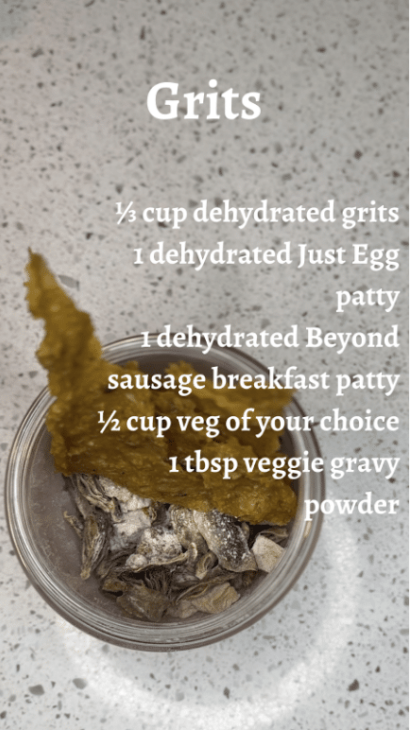

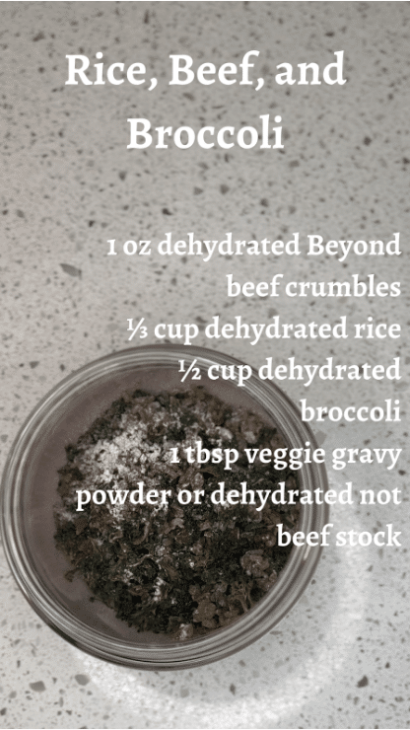

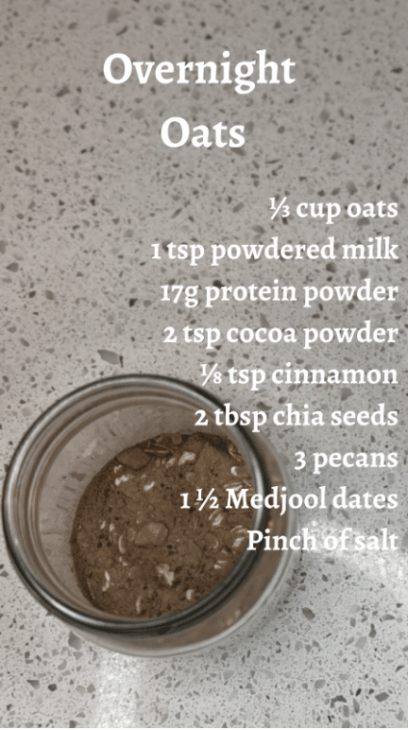
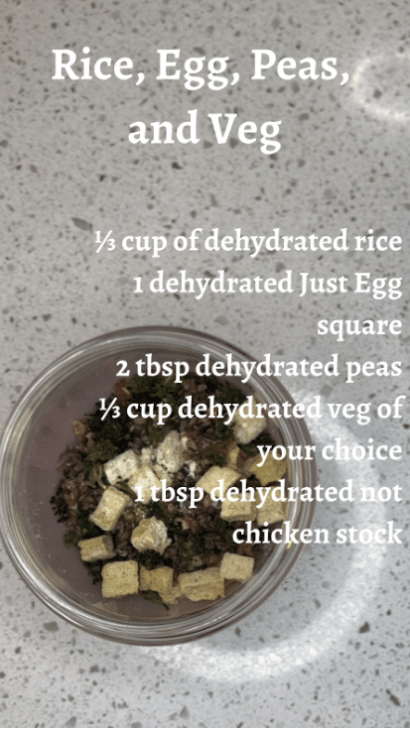
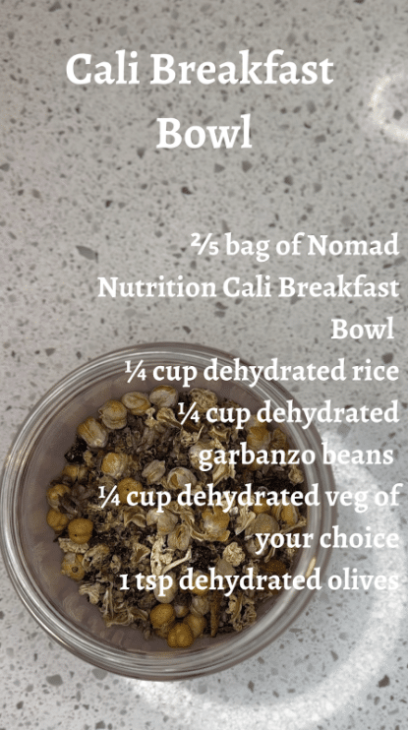

Dehydration How-to's
Roasted Cashews
1. Put desired amount of cashews in a large bowl and lightly coat with coconut oil and salt to taste.
2. Roast in oven at 350 degrees for 10-15 minutes on a parchment lined baking sheet.
Dehydrated Peas
1. Rinse frozen peas with warm water in a colander and pat dry.
2. Dehydrate at 155 degrees for 12 hours or until completely dried.
Dehydrated Grits
1. Cook grits following normal packaging instructions.
2. Let fully cool then spread a thin layer (about ⅛ of an inch thick) on a parchment lined tray and dehydrate at 165 degrees for 12-14 hours or until completely dried.
Dehydrated Garbanzo Beans
1. Drain, rinse, and pat dry then dehydrate at 145 degrees for 12 hours or until completely dried.
Dehydrated Olives
1. Drain olives and pat them dry.
2. Cut into small pieces and dehydrate at 155 degrees for 12 hours or until completely dried.
Dehydrated Rice
1. Cook as usual then dehydrate at 155 degrees for 10 hours or until completely dried.
Dehydrated Vegetables
1. Cut desired vegetables into small pieces about the size of your finger tip.
2. Either dry roast or boil until fully cooked.
3. Dehydrate at 155 degrees for 12 hours or until completely dried.
Dehydrated Beyond Beef Crumbles
1. Let the bag sit out at room temperature until defrosted.
2. Dehydrate at 165 degrees for 12 hours or until completely dried.
Dehydrated Sausage Breakfast Patties
1. Fully cook according to the package instructions.
2. Let fully cool then cut into 16 small, equal pieces.
3. Dehydrate at 165 degrees for 12 hours or until completely dried.
Dehydrated Just Egg Patties
1. Fully cook according to the package instructions.
2. Let fully cool then cut into 16 small, equal pieces.
3. Dehydrate at 165 degrees for 12 hours or until completely dried.
Fruit Leather
1. Buy desired frozen fruit in bulk and let defrost in the refrigerator overnight.
2. Drain the juice and keep for yourself for later.
3. Combine desired fruit in a blender and combine until smooth.
4. Spread in an even layer about ¼ of an inch thick on a parchment lined sheet.
5. Dehydrate at 165 degrees for 12-15 hours.
Trail Recipes
Cali Breakfast Bowls
– ⅖ bag of Nomad Nutrition Cali Breakfast Bowl
– ¼ cup dehydrated rice
– ¼ cup dehydrated garbanzo beans
– ¼ cup dehydrated veg of your choice
– 1 tsp dehydrated olives
Dahl
– ½ bag of dehydrated dahl of your choice
– ⅓ cup dehydrated rice
– ½ cup dehydrated veg of your choice
– 6 cashews
Grits
– ⅓ cup dehydrated grits
– 1 dehydrated Just Egg patty
– 1 dehydrated Beyond sausage breakfast patty
– ½ cup veg of your choice
– 1 tbsp veggie gravy powder
Rice, Egg, Peas, and Veg
– ⅓ cup of dehydrated rice
– 1 dehydrated Just Egg square
– 2 tbsp dehydrated peas
– ⅓ cup dehydrated veg of your choice
– 1 tbsp dehydrated not chicken stock
Kathmandu Curry
– ⅓ bag of Nomad Nutrition Kathmandu Curry
– 1 oz dried rice noodles
– 2 tbsp dehydrated peas
– 2 tbsp dehydrated veg of your choice
Rice, Beef, and Broccoli
– 1 oz dehydrated Beyond beef crumbles
– ⅓ cup dehydrated rice
– ½ cup dehydrated broccoli
– 1 tbsp veggie gravy powder or dehydrated not beef stock
Chickpea Noodle Soup
– 1 oz dried rice noodles
– ¼ cup dehydrated garbanzo beans
– 2 tbsp dehydrated peas
– 1 tbsp dehydrated carrots
– 2 tbsp dehydrated veg of your choice
– 1 tbsp dehydrated not chicken stock
Overnight Oats
– ⅓ cup oats
– 1 tsp powdered milk
– 17g protein powder
– 2 tsp cocoa powder
– ⅛ tsp cinnamon
– 2 tbsp chia seeds
– 3 pecans
– 1 ½ Medjool dates
– Pinch of salt

Happy trails and good eatin’!



